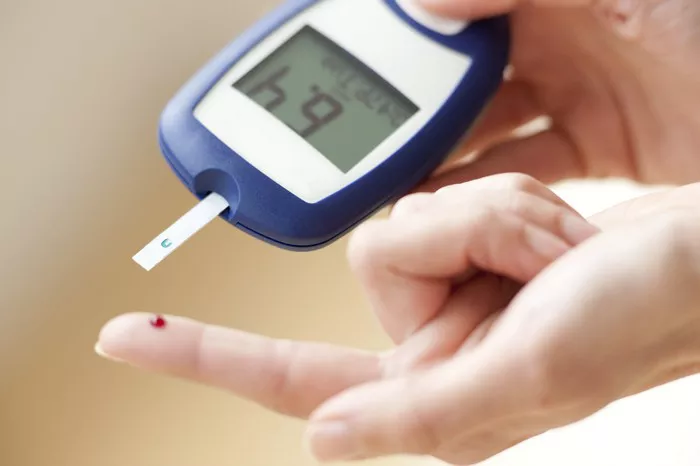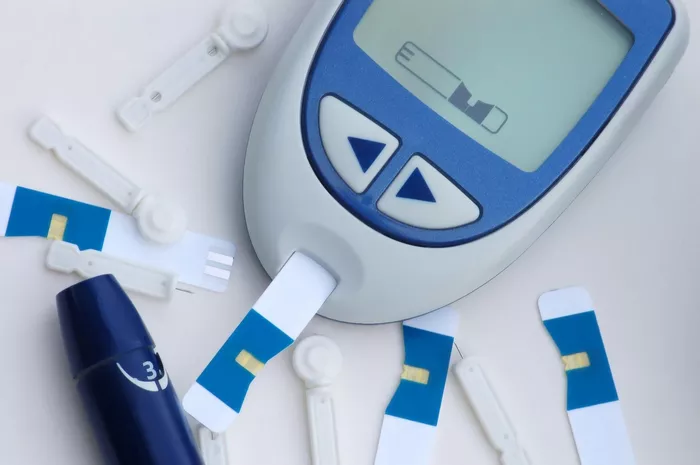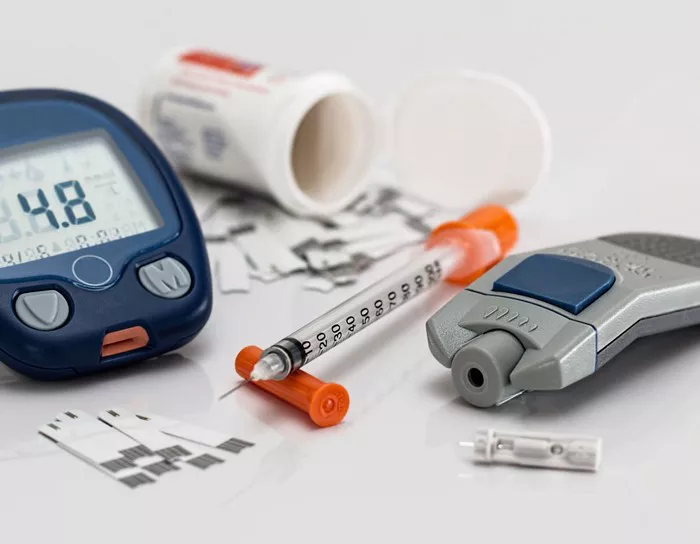In the realm of metabolic health, insulin resistance stands as a pivotal precursor to type 2 diabetes, a condition that affects millions worldwide. However, understanding insulin resistance goes beyond its association with diabetes. This article aims to shed light on insulin resistance, its distinction from diabetes, development, signs and symptoms, diagnostic methods, relationship with diabetes, risk factors, prevention, management strategies, treatment options, and the importance of regular monitoring.
Distinction between Insulin Resistance and Diabetes
Insulin resistance refers to a condition where cells exhibit decreased responsiveness to insulin, impairing glucose uptake and utilization. Insulin, a hormone produced by the pancreas, plays a crucial role in regulating blood sugar levels by facilitating glucose uptake into cells. In insulin resistance, cells become less sensitive to insulin’s signals, leading to elevated blood sugar levels and metabolic abnormalities.
It’s crucial to differentiate between insulin resistance and diabetes. Insulin resistance can occur independently of diabetes, meaning individuals can have insulin resistance without meeting the diagnostic criteria for diabetes. While insulin resistance predisposes individuals to diabetes, not all individuals with insulin resistance develop diabetes. Diabetes, on the other hand, is characterized by persistent hyperglycemia due to impaired insulin secretion, insulin resistance, or both.
Development of Insulin Resistance
Several factors contribute to the development of insulin resistance. Obesity, particularly visceral adiposity, plays a central role, as excess adipose tissue releases pro-inflammatory cytokines and adipokines, promoting insulin resistance. A sedentary lifestyle, genetics, aging, chronic inflammation, hormonal imbalances, and medical conditions such as polycystic ovary syndrome (PCOS) and metabolic syndrome also contribute to insulin resistance.
Signs and Symptoms of Insulin Resistance
Insulin resistance often presents with subtle or nonspecific symptoms, making it challenging to diagnose clinically. Common signs and symptoms include abdominal obesity, elevated fasting blood glucose levels, high triglycerides, low HDL cholesterol, hypertension, and acanthosis nigricans (dark patches of skin). Importantly, insulin resistance may remain asymptomatic in some individuals, highlighting the importance of routine screening in high-risk populations.
Diagnostic Methods
Diagnosing insulin resistance typically involves indirect measures of insulin sensitivity, as there is no single definitive test. Healthcare providers may use fasting insulin levels, the Homeostatic Model Assessment of Insulin Resistance (HOMA-IR), oral glucose tolerance test (OGTT), and HbA1c levels to assess insulin sensitivity. These tests provide insights into glucose metabolism and help identify individuals at risk of developing diabetes.
Relationship between Insulin Resistance and Diabetes
Insulin resistance and type 2 diabetes share a close interrelationship. Prolonged insulin resistance can lead to pancreatic beta-cell dysfunction and failure, impairing insulin secretion and exacerbating hyperglycemia. Conversely, hyperglycemia and insulin resistance create a vicious cycle, further worsening metabolic dysfunction and increasing the risk of diabetes-related complications.
Risk Factors for Developing Diabetes
Several risk factors predispose individuals with insulin resistance to progressing to type 2 diabetes. These include a family history of diabetes, obesity, sedentary lifestyle, unhealthy diet, aging, ethnicity (particularly in populations with higher susceptibility to insulin resistance), and gestational diabetes. Identifying and addressing these risk factors early is critical for preventing the onset of diabetes.
Prevention and Management Strategies
Preventing or delaying the onset of type 2 diabetes in individuals with insulin resistance requires a multifaceted approach. Adopting a healthy lifestyle with regular exercise, a balanced diet rich in fruits, vegetables, whole grains, and lean proteins, weight management, smoking cessation, and limiting alcohol consumption are cornerstone strategies. Early detection through regular screening and intervention is paramount to prevent diabetes-related complications.
Treatment Options for Insulin Resistance
Lifestyle modifications are the cornerstone of treatment for insulin resistance. However, medications may be prescribed in some cases to improve insulin sensitivity and prevent the progression to diabetes. Metformin, a biguanide medication, is commonly prescribed as a first-line treatment to address insulin resistance. Thiazolidinediones (TZDs), such as pioglitazone, may also be used to improve insulin sensitivity. Other medications, including GLP-1 receptor agonists and SGLT-2 inhibitors, may indirectly influence insulin resistance through their mechanisms of action.
Importance of Regular Monitoring
Regular monitoring of blood sugar levels, lipid profile, blood pressure, and other relevant markers of metabolic health is essential in individuals with insulin resistance. This allows healthcare providers to assess treatment efficacy, detect early signs of complications, and adjust treatment regimens as needed. Empowering individuals to actively participate in their healthcare by monitoring their condition and adhering to recommended lifestyle modifications is crucial for long-term management.



























